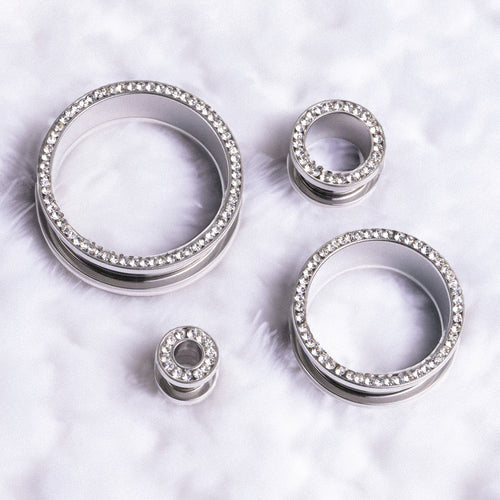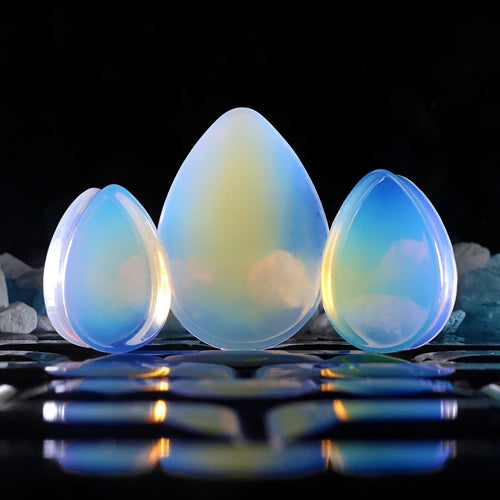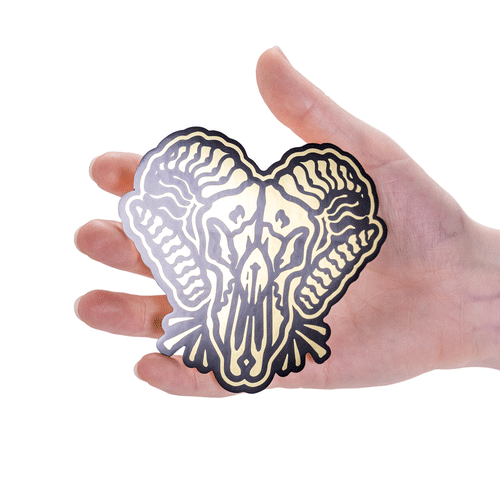
ERHALTEN SIE SOZIAL MIT UNS
AKTUELLE ARTIKEL
Newsletter
Bleiben Sie über die neuesten Werbeaktionen, Neuigkeiten und Veröffentlichungen auf dem Laufenden!
The Healing Journey: How Long Should Ears Hurt After Stretching?
Understanding the Ear Stretching Process
Ear stretching, a trend gaining popularity in recent years, involves gradually enlarging the pierced hole in your earlobe to accommodate various jewellery, such as plugs or tunnels. This process is known as ear gauging, and while it's a fashionable way to express individuality, many enthusiasts wonder about the pain and healing duration associated with it.
When stretching your ears, you insert a larger-sized piece of jewellery into your earlobe piercing, gradually increasing the size over time. The process involves patience and caution to prevent tearing or infection, ensuring the stretch is both safe and successful.

What to Expect - Initial Discomfort and Pain
Initially, stretching may cause mild discomfort or a stinging sensation. However, significant pain during stretching is usually an indication of improper techniques, too rapid stretching, or inadequate lubrication. It's crucial to listen to your body and avoid pushing past your comfort level.
The duration of pain post-stretching varies from person to person. Generally, mild soreness or tenderness can last for a few hours to a day after stretching. If the stretch is gentle and appropriate, any discomfort should subside relatively quickly.
However, if you experience severe or prolonged pain, redness, swelling, or discharge, it's essential to consult a professional piercer or a healthcare provider as these could be signs of infection or other complications.
The duration and intensity of ear pain after stretching can vary from person to person. Several factors can influence how long the discomfort might last.
Initial Size and Stretching Increment:
The starting size of your earlobe and the size of the stretch are crucial factors. Smaller initial sizes and larger stretching increments can cause more pain and a longer healing time.
Stretching Technique:
The stretching technique used can affect the level of trauma to the earlobe. Improper or too rapid stretching can cause more pain and a lengthier healing period.
For more information on the correct stretching technique, check out our ultimate guide to stretching ears.
Individual Pain Tolerance:
Each person's pain tolerance is different. Some individuals may experience minimal pain, while others may find the stretching process more uncomfortable.
Aftercare Practices:
Proper aftercare significantly affects healing time. Following appropriate cleaning and care routines can help reduce pain and speed up the healing process.
Here at Custom Plugs, we understand the importance of aftercare. Help improve healing time and reduce pain with our sterile saline fine mist solution.

Expected Healing Timeline After Stretching
Understanding the general healing timeline can help you anticipate how long your ears might hurt after stretching.
Initial Discomfort (First Few Days):
After stretching, it's common to experience immediate discomfort, soreness, and a throbbing sensation. This initial discomfort usually lasts for a few days.
Mild Pain and Sensitivity (First Week):
During the first week, the pain usually subsides, but mild soreness and sensitivity may persist. Proper aftercare during this period is crucial.
Tenderness and Itching (First Month):
Over the first month, the tenderness gradually reduces, and the itching sensation might start as the healing process progresses.
Complete Healing (Up to 6 Months):
Complete healing can take up to six months. During this period, you should continue with gentle aftercare practices to ensure the stretched earlobe is fully healed.
Tips to Minimise Discomfort and Aid Healing
Proper Technique: Gradually stretch your ear with appropriately sized jewellery to minimise pain and reduce the risk of tearing.
Use Safe Materials: Using safe on-skin plugs, tunnels and stretchers can help to minimise any allergic reactions. Materials such as silicone and surgical steel can be easily cleaned and are safe to use on stretched ears. We recommend using a beginner ear stretching kit that is made from surgical steel.
Lubrication: Use a water-based lubricant to ease the insertion process and reduce friction.
Cleanliness: Maintain excellent hygiene to prevent infections. Clean your ears and jewellery regularly with saline solution.
Rest: Allow your ears to rest and heal between stretches. Avoid overstretching too quickly.
Contact Us Today - Custom Plugs
In conclusion, mild discomfort after stretching is normal, but severe or persistent pain is a cause for concern. Each individual's healing process is unique, and while some may experience minimal discomfort, others may encounter more extended periods of soreness.
Understanding your body and following proper stretching techniques and aftercare practices are crucial for a successful and pain-free ear stretching journey.
If you want to know more about safe stretching you can read our ultimate guide to ear stretching. Alternatively, get in touch today and we can help answer any questions you may have on plugs, tunnels and gauges.
For a range of high-quality ear gauges and stretching kits to kick-start your ear stretching journey, browse our vast range. Happy stretching and styling!




-v1657710003014.jpg?512x640&transform=resize=350)




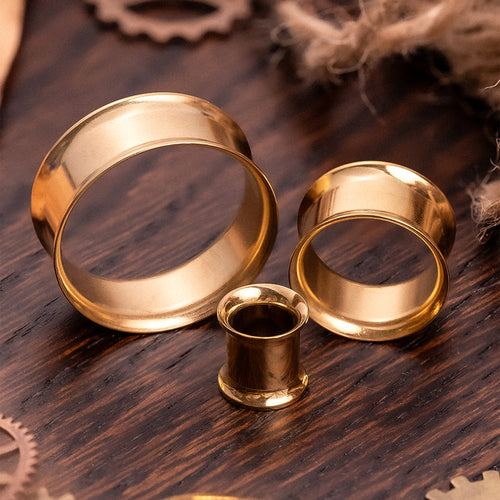



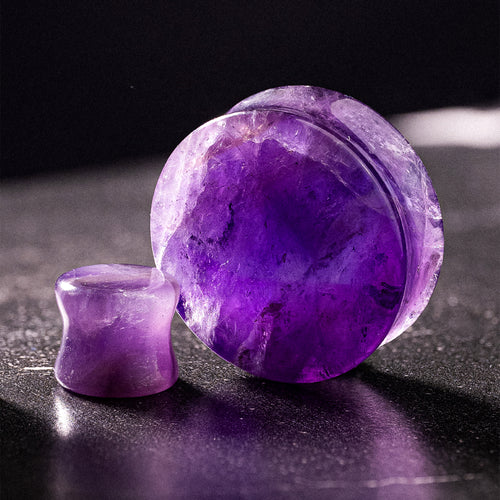





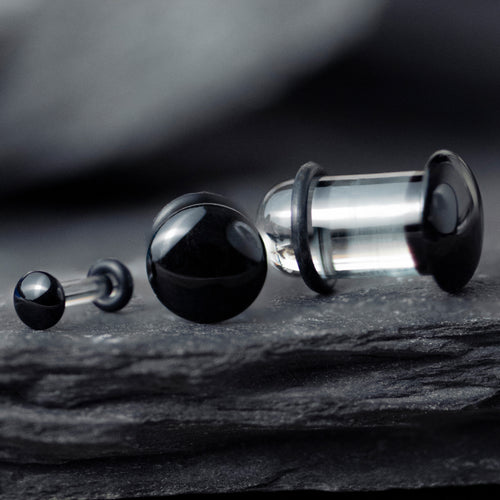









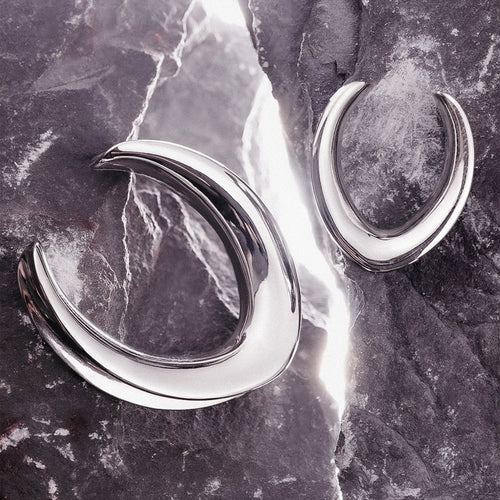




-Photographer-@domdirekt-for-@tenforfifty-v1674724276532.jpg?2400x3000&transform=resize=350)
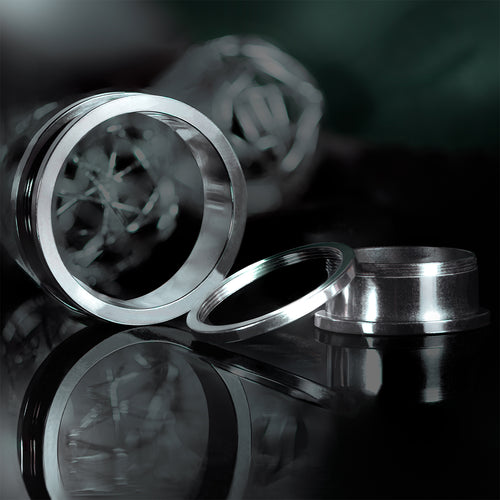




























-v1652780384796.jpg?1024x1280&transform=resize=350)

-copy-v1674726508930.jpg?2316x3088&transform=resize=350)














